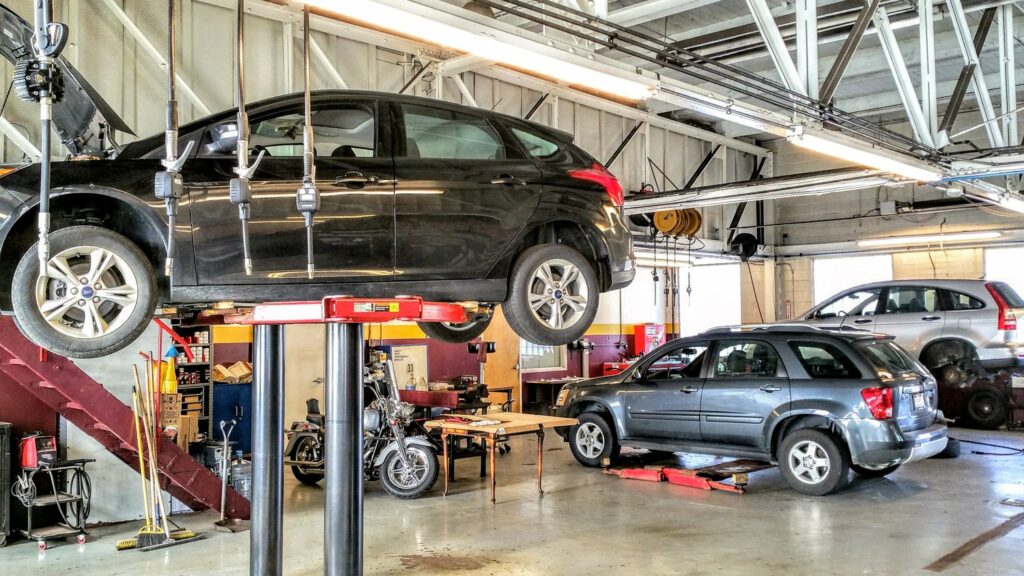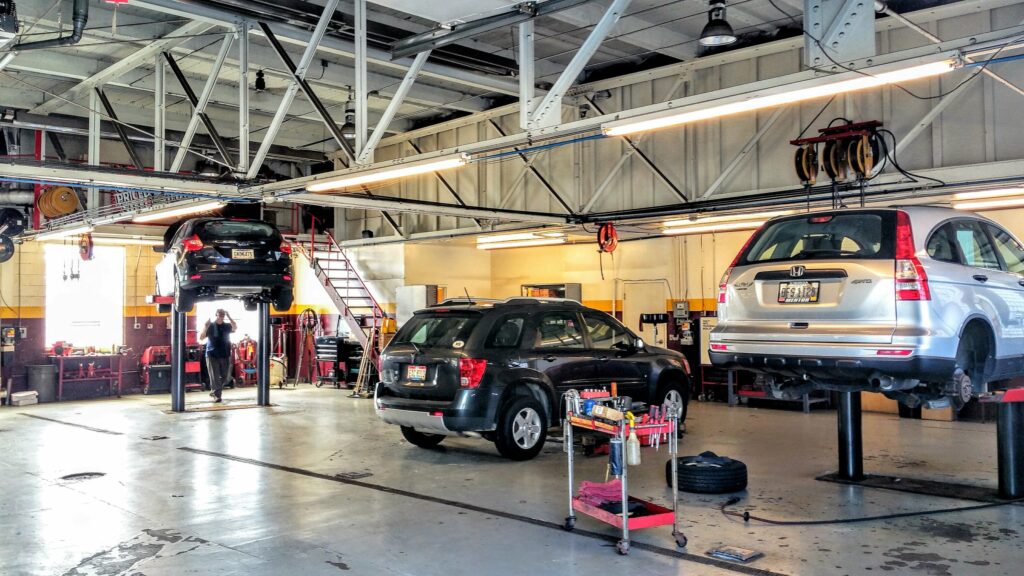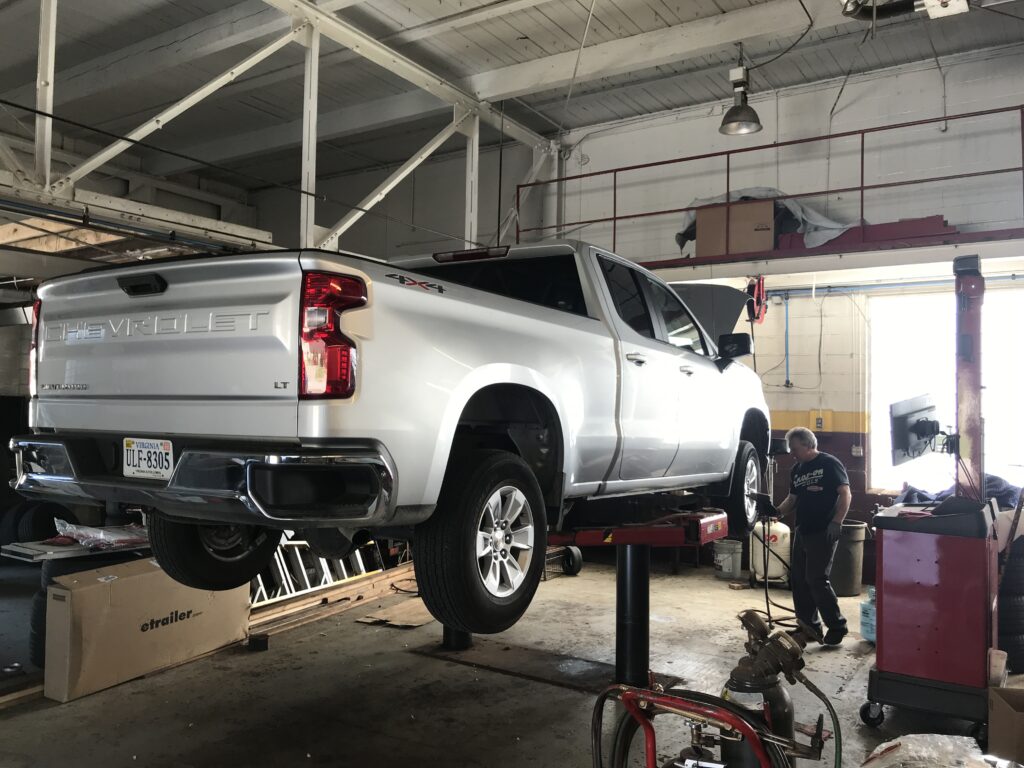Modern vehicles come equipped with an array of sophisticated systems designed to enhance safety, performance, and overall driving experience. What does service tire monitor system mean? One such system that may prompt drivers with a warning message is the Tire Pressure Monitoring System (TPMS). If you’ve ever seen the message “Service Tire Monitor System” illuminated on your dashboard, you might wonder about its significance and what steps you should take. In this comprehensive guide, we’ll delve into the meaning of “Service Tire Monitor System,” explore the importance of TPMS, and understand why addressing this warning is crucial for both safety and the longevity of your tires.

Understanding Tire Pressure Monitoring System (TPMS)
Before tackling the specifics of the “Service Tire Monitor System” warning, it’s beneficial to grasp the fundamental role of the Tire Pressure Monitoring System. TPMS is a safety feature mandated in many countries to monitor the air pressure in a vehicle’s tires. The system provides real-time information about tire pressure, alerting the driver when there is a significant deviation from the recommended pressure levels.
The primary objectives of TPMS include:
- Enhanced Safety: Maintaining proper tire pressure is crucial for vehicle safety. Underinflated tires can compromise handling, increase the risk of a blowout, and negatively impact braking performance.
- Improved Fuel Efficiency: Properly inflated tires contribute to better fuel efficiency. When tires are underinflated, the rolling resistance increases, leading to decreased fuel efficiency.
- Extended Tire Life: Adequate tire pressure promotes even wear across the tread, extending the lifespan of the tires. This ensures that you get the most out of your investment in terms of both performance and longevity.

Decoding “Service Tire Monitor System” Warning
When your vehicle displays the message “Service Tire Monitor System,” it signifies that there is an issue or malfunction within the TPMS. Ignoring this warning can have implications for both safety and the overall condition of your tires.
Possible Reasons for “Service Tire Monitor System” Activation:
- Sensor Malfunction: TPMS relies on sensors within each tire to monitor pressure levels. A malfunction in one or more of these sensors can trigger the warning.
- Low Battery: TPMS sensors have batteries that power their operation. If a sensor’s battery is low or fails, it can prompt the “Service Tire Monitor System” warning.
- Faulty Receiver Module: The receiver module, which collects and interprets data from the TPMS sensors, can malfunction, leading to inaccurate readings and the activation of the warning message.
- System Calibration Issue: Sometimes, the TPMS system may require recalibration due to changes in tire size or when rotating tires. Failure to recalibrate can lead to inaccurate pressure readings.

Driving with “Service Tire Monitor System” Warning:
While you can continue to drive with the “Service Tire Monitor System” warning illuminated, it is advisable to address the issue promptly. Here’s how you can navigate this situation:
- Manual Tire Inspection: Perform a visual inspection of your tires to check for any visible signs of damage or low pressure. If you notice a visibly underinflated tire, it’s crucial to address it promptly.
- Use a Tire Pressure Gauge: Check the tire pressure manually using a tire pressure gauge. Compare the readings with the manufacturer’s recommended pressure levels, which are often found in the vehicle’s manual or on a sticker inside the driver’s door jamb.
- Professional Inspection: If you are unable to identify the cause of the TPMS warning or if the pressure readings are within the recommended range, it’s advisable to seek professional inspection and diagnostics.
- Recalibration: If your TPMS system requires recalibration due to changes in tire size or rotation, consult your vehicle’s manual or reach out to a professional service center for guidance on the recalibration process.

Diagnosing and Resolving TPMS Issues:
Resolving issues related to the “Service Tire Monitor System” warning requires a systematic approach. Here are the general steps that a professional technician may take:
- Diagnostic Scanning: The vehicle’s onboard diagnostics system is scanned to retrieve error codes associated with the TPMS. These codes provide insights into the specific nature of the issue.
- Sensor and Receiver Inspection: A thorough inspection of TPMS sensors and the receiver module is conducted to identify any malfunctions, damaged wiring, or loose connections.
- Battery Replacement: If the TPMS sensors have low or failed batteries, they may need replacement. This is a common maintenance task as sensor batteries have a limited lifespan.
- Calibration Check: Ensuring that the TPMS system is calibrated correctly is crucial. Recalibration may be necessary if there have been changes in tire size or rotation.
- System Reset: Once the issue is resolved, error codes are cleared from the vehicle’s system, and the “Service Tire Monitor System” warning is reset.

Preventive Measures for TPMS Health:
To mitigate the likelihood of the “Service Tire Monitor System” warning, incorporating preventive maintenance practices is crucial:
- Regular Tire Inspections: Schedule routine inspections to visually check tire conditions, looking for signs of damage, uneven wear, or punctures.
- Tire Pressure Checks: Perform regular manual checks of tire pressure using a reliable pressure gauge. Keep tires inflated to the recommended levels to ensure optimal performance.
- Battery Monitoring: Be aware of the lifespan of TPMS sensor batteries. If you have sensors with batteries nearing the end of their lifespan, consider proactive replacement.
- Recalibration Awareness: Understand the circumstances that may require TPMS recalibration, such as changes in tire size or rotation. Proactively address these situations to prevent calibration issues.

In Conclusion: What Does Service Tire Monitor System Mean
The “Service Tire Monitor System” warning serves as a beacon, guiding drivers to pay attention to the health of their tires and the TPMS. It goes beyond a mere alert; it underscores the interconnected nature of safety systems within modern vehicles.
Addressing the “Service Tire Monitor System” warning promptly is not only a matter of safety but also a proactive step in preserving the longevity of your tires. By doing so, you contribute to a safer driving experience, enhanced fuel efficiency, and the extended life of your tires—elements that collectively make for a smoother and more reliable journey on the road. In the realm of automotive care, the TPMS serves as a vigilant guardian, and heeding its warnings ensures that your vehicle’s tire health remains a priority.



